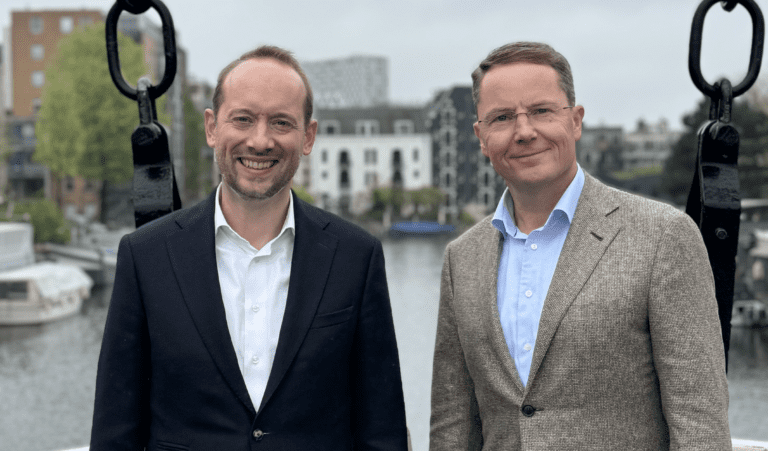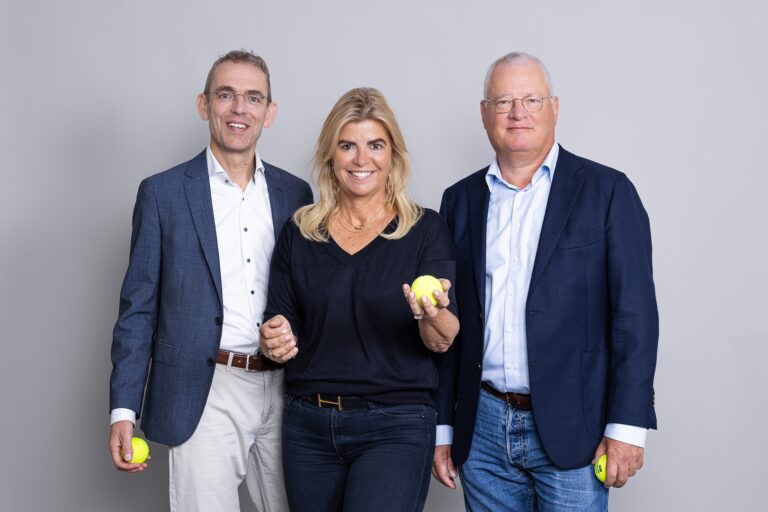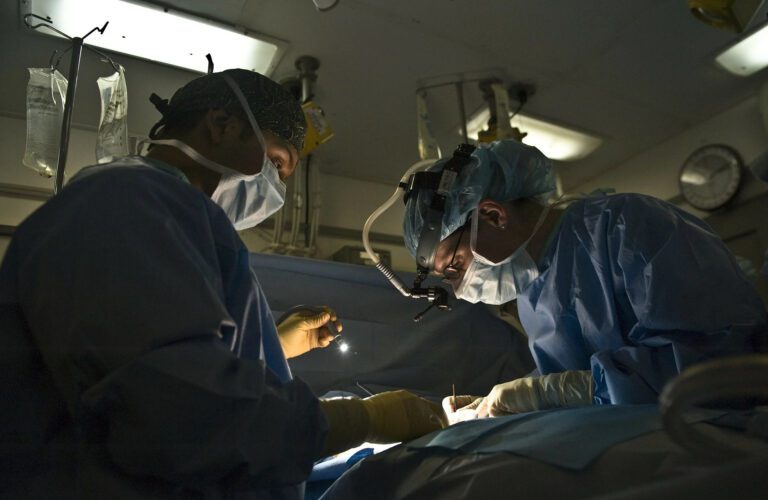
The boundaries of paradise as a guiding impact investing framework
At Rubio, we believe in a food system that enables humans to be part of balanced and thriving planetary ecosystems. The reality is that we, scientific warnings aside, are experiencing firsthand how human domination of planet Earth is putting these planetary ecosystems under severe stress. We are literally pushing the boundaries beyond the safe operating space. As The Counting Crows sang (or Joni Mitchell back in 1970): “They paved paradise and put up a parking lot”.
Society is becoming increasingly aware of the disastrous effects of greenhouse gasses. Climate change dominates the news headlines. However, there may be many other stressors that have similarly catastrophic consequences. Rubio spent a year working with the Planetary Boundary Model to gain a better understanding of these stressors. Guided by the model, we delved into these topics and studied the impact of the food and ag system on the most often crossed boundaries. We subsequently used these insights to help set our investment priorities within the Food and Ag space. Below, we’d like to introduce you to the model and Rubio’s take on it.
The nine planetary boundaries as a guiding framework
In the mid-2000s, the Stockholm Resilience Centre gathered an international, interdisciplinary team of scientists to unite behind a single goal: to define the boundaries for a “safe operating space for humanity” on Earth. They asked themselves: what are the safe operating limits of our planet, and what changes can we force on it before we trigger catastrophic environmental harm? In 2009, the institute started publishing research on the status of the Planetary Boundaries; the nine processes that regulate the stability and resilience of the Earth system. Truly groundbreaking work.

The nine planetary boundaries, counterclockwise from the top: climate change, biodiversity loss, land-system change, freshwater use, nitrogen and phosphorus flows, ocean acidification, aerosol pollution, ozone depletion, and release of novel chemicals (heavy metals, radioactive materials, plastics, etc.). Image via the Stockholm Resilience Centre.
A step beyond the model – Interdependency of the planetary boundaries
The Planetary Boundary Model is undeniably powerful, but its simple structure may make you think that these are nine self-contained issues. At Rubio we are convinced that sequences in human actions instigate and reinforce the transgression of planetary boundaries. And it’s going fast. Five of the nine planetary boundaries (biodiversity loss, climate change, land degradation, biochemical flows, chemical pollution) have already crossed the environmental limits within which humanity can operate sustainably. The more recent realization that boundaries are interdependent has only cemented the inconvenient truth: the time we have to save the planet from a potential ecological catastrophe is running out fast.
Rubio’s take on the planetary boundaries and the food system’s impact on the planet
Human hunger for food has deeply shaped the use of our lands (and waters). We visualized our insights in the systemic interlinkage below, which can be explained using today’s most common practice in the food value chain. It starts with creating farmland from a pristine forest (land-system change). As we convert diverse ecosystems to monocultures for feed and food, a huge amount of carbon is released (Greenhouse gas, C02) and wildlife habitat is lost (biodiversity loss). We then apply fertilizer that disrupts nutrient cycles (N-flow, NOX) and apply chemicals (Novel Entities) to eliminate pests, with a great deal of collateral damage. Add to that the reinforcing effect of our preference for animal protein, which means feed is required to convert this to food (Greenhouse gas, Methane). These actions result in greenhouse gasses and biodiversity loss, ultimately creating adverse climate conditions and leading to a loss of ecosystems, both of which are key to the resilience of our planet.

The Planetary Boundaries Model led us to a single conclusion: solely solving the issue of climate change may help reduce some risks, but unless this is coupled with broader action across other environmental dimensions, such action may ultimately prove insufficient to restore our planet’s balance and to preserve the safe operating space for humanity and our economy.
The food system is a super contributor to climate damage
Our research revealed that the food system is, in fact, the biggest driver of biodiversity loss, the primary cause of land-use change, and one of the largest sources of nitrogen and phosphorus pollution. The food system accounts for 25% of climate-changing greenhouse gas emitted through human actions, it generates extreme water demand, and because food production generates big carbon emissions, it also adds to ocean acidification. That covers six of the nine planetary boundaries!
As Johan Rockström, founder of the Stockholm Resilience Centre, said: “A food system transformation and an energy transformation would take us a long way back into the safe space,” and we couldn’t agree more.
It will therefore come as no surprise that here at Rubio, we want to invest in food and agricultural entrepreneurs who use the power of nature and technology to help us get back within the planetary boundaries. We became convinced that the stability of these nine processes is essential to preserving the delicate balance of the Earth’s atmosphere, oceans, and ecosystems, which has allowed human civilizations to flourish.
Stay tuned for our deeper dives and investment priorities
In the upcoming articles, we will highlight the five planetary boundaries that have already been crossed. We examine why they are just as important as greenhouse gasses. We’ll take a deeper dive into the food system and its effect on the boundary, the problems associated with it and the initiatives that should be explored to reverse the trend.


